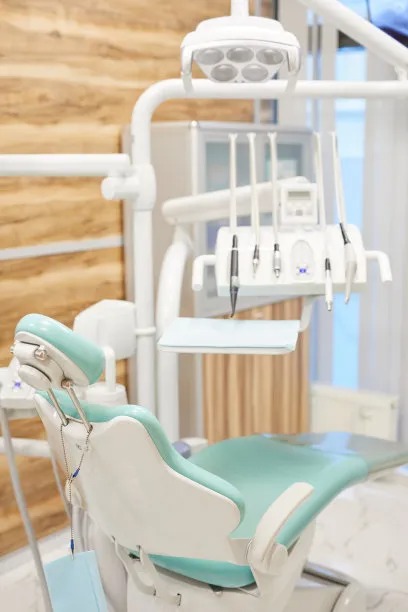Essential Guide to Dental Filling Precautions to Ensure Your Oral Health and Comfort During the Procedure
Summary: Dental fillings are a common procedure for treating cavities and restoring oral health. However, ensuring your comfort and oral health during the procedure is essential. This guide explores vital precautions one should take before, during, and after getting dental fillings to minimize anxiety, maximize comfort, and promote healing. Topics covered include pre-procedure preparations, understanding anesthesia options, post-procedure care, and the importance of follow-up appointments. By following this essential guide, you can improve both your experience and the health of your teeth.
1. Preparing for Your Dental Filling Procedure

Preparation is key for a successful dental filling experience. Before your appointment, it is important to gather all necessary information about the procedure and address any concerns with your dentist. Knowing what to expect can greatly alleviate anxiety. Ensure that you have a clear understanding of the type of filling material your dentist plans to use, as different materials come with varying durability and costs.
In addition to understanding the procedure, its essential to inform your dentist about any medications or supplements you are currently taking. This information can help them tailor their approach and avoid potential complications. If you have any allergies, especially to anesthetics or metals, be sure to disclose this to your dental professional ahead of time.
Finally, consider arranging transportation to and from your appointment, particularly if you anticipate needing moderate sedation. A trusted friend or family member can provide reassurance and support, allowing you to focus on your dental health.
2. Understanding Anesthesia Options for Comfort
The use of anesthesia during dental fillings is crucial for ensuring patient comfort. Common options include local anesthesia, sedation dentistry, and general anesthesia, each serving different needs. Local anesthesia is typically used for standard fillings, numbing the specific area around the tooth. This allows patients to be fully conscious yet comfortable throughout the procedure.
For individuals with dental anxiety or those undergoing more extensive treatments, sedation dentistry offers a deeper level of relaxation. This can range from nitrous oxide (laughing gas) to oral sedatives. Understanding the type of sedation used can lessen apprehension and help you feel safe during your appointment.
Its worth discussing with your dentist any preferred anesthesia method prior to your procedure. Make sure to ask questions regarding how each option works, its duration, and any post-procedure effects. Feeling informed empowers patients and fosters a sense of control over their dental health journey.
3. Caring for Your Teeth After the Filling Procedure
Post-procedure care is crucial in ensuring the longevity of your dental filling and overall oral health. Initially, it鈥檚 advisable to avoid eating until the numbness from the anesthesia wears off to prevent biting your cheek or tongue unintentionally. Afterward, opt for softer foods for the first few days to minimize discomfort.
Maintaining a good oral hygiene routine is vital post-filling. Gentle brushing and flossing around the treated area help ensure that food particles do not irritate the filling or surrounding gum tissue. It鈥檚 also advisable to use non-abrasive toothpaste to avoid damaging newly placed fillings.
Watch for any unusual symptoms following the procedure, such as sensitivity to hot and cold or persistent pain. If these symptoms arise, contact your dentist for an evaluation. Early detection of problems can save you from further complications, and prompt treatment will keep your mouth healthy.
4. Importance of Follow-Up Appointments for Dental Health
Follow-up appointments play a vital role in maintaining your dental health post-filling. These appointments provide the opportunity for your dentist to assess the integrity of the filling and ensure that it fits correctly. Proper fit is essential, as an ill-fitting filling can lead to secondary decay or discomfort.
Additionally, regular dental check-ups allow your dentist to hone in on your overall oral health. They can identify any potential issues early on and provide professional cleanings that can help extend the life of your fillings. Keeping up with regular visits is a proactive way to safeguard your oral health.
Make a habit of scheduling your follow-up visits after any dental procedure, especially fillings. Consistent dental care not only assures the longevity of your fillings but also supports your mouths overall health, making it easier to maintain a beautiful and functional smile.
Summary:
In summary, being mindful of precautions before, during, and after your dental filling procedure can significantly enhance your comfort and care. Preparation, understanding your anesthesia options, post-procedure care, and prioritizing follow-up appointments are all vital elements in ensuring optimal oral health. By equipping yourself with these guidelines, you can foster a more pleasant dental experience.
This article is compiled by Vickong Dental and the content is for reference only.


